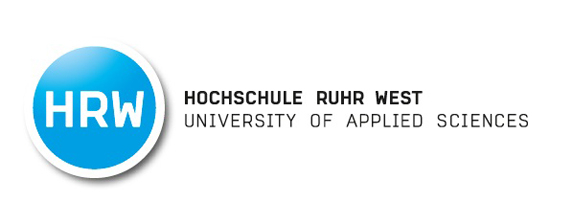Week 18 - invention, intellectual property and income




Assignment
Pick a license-model for the final project

This week task was to choose a license-model for our final-project.
Since I have already profit from other open source projects and my final project is extendable, I would like to lead my project as creative commons license. It would be great if my project is farther developed by a community.


Creative Commons Attribution-NonCommercial 4.0 International License


Attribution - The name of the originator must be mentioned.


Non-Commercial - The work may not be used for commercial purposes.


Theory:
"Some rights reserved" instead of "all rights reserved"
Creative Commons is a non-profit organization founded in 2001 in the USA. It publishes various standard license agreements with which an author can easily grant the public access to his works. These licenses are not designed for a particular type of work, but are applicable to any works that are subject to copyright, such as texts, pictures, music pieces, video clips, etc. This creates free content.
Contrary to a common misunderstanding, Creative Commons is not the name of a single license. The various licenses of Creative Commons have rather big differences. Some CC licenses restrict the use relatively strongly, others make sure that the copyright is as far as possible waived. If, for example, someone publishes a work under the license CC-BY-SA, then he / she allows the use by other people on the condition that the copyright holder and the relevant license are indicated. In addition, the user may change the work on the condition that he publishes the edited work under the same license.
Free content, whether under a CC license or among others, is important for people who can not or do not want to spend money on texts, pictures, music, etc. In addition, content may be modified and further processed under certain CC licenses. This is important for people who want to deal with the content artistically, for example.


Differences:

Attribution - The name of the originator must be mentioned.


No Derivatives - The work must not be altered.


Non-Commercial - The work may not be used for commercial purposes.


Share Alike - The work must be passed on under the same license after changes.



The works of a creator are usually copyrighted. The Creator can decide, however, that he makes works available to other people without having to ask for permission. To this end, he publishes the works with a corresponding indication that he grants, for example, the right to copy, modify and re-publish all others. In my case I choose the creative common license and would like to know about the further development status of my content. Others can use all my work and copy it when they want to. Only condition: they have to tell my name in the credits, their work is also under CC-licence, it their work is not commercial. Big companies has to often missused open-source-software and made billions with it, without paying a single dollar to the developer behind the work.
For open-source projects our Fablab has an account on the website Thingiverse. There we publish our designs in the hope that they are used and further developed by the community. So we can benefit from further developments:
Our Thingiverse account

Conclusion:
As you can see under these licenses a variety of combinations. Some have advantages (eg faster spread), others however disadvantages (eg hardly any technical support). The idea is however for me personally very well and I would like my project to be used by everyone for non-commercial purposes and under the name of my name and will be improved in the best case.

Compare with other license
The GNU Lesser General Public License, Version 2.1
The licenses for most software are designed to take away your freedom to share and change it. By contrast, the GNU General Public Licenses are intended to guarantee your freedom to share and change free software--to make sure the software is free for all its users.
This license, the Lesser General Public License, applies to some specially designated software packages--typically libraries--of the Free Software Foundation and other authors who decide to use it. You can use it too, but we suggest you first think carefully about whether this license or the ordinary General Public License is the better strategy to use in any particular case, based on the explanations below.
I read also about Apache License, too. Both are Licences which support the right of free software, free to use, free to share, free to change, too. GNU licencse looks to me very interesting because they point out the problem, that developement under restrictions is hardly possible. Also Apache is interesting.

Improving my project
In order to take my project further I will continue to improve my prototype. My plan is to develop a multifunctional growsystem-kit, that allows you to use all growtechnics (classic in soil, aeroponic with an ultrasonic-sensor, aquaponic with a enviroment for fishes). Furthermore I want to scale it up. I would like to build more of those aluminium-frames and go vertical with the systems. I would be glad if my project in the community is further developed. I have released on my i2c bus extra 2 places, which allow the project with own ideas to further development.

Income
My fabacademy project was build for the community. I expect income derived from this project to have better properties for other projects in our fablab. The appropriate knowledge will help me in the future to realize other projects and to assist other students in their work in our fablab
My main income is the whole knowledge and skills which will allow me, to develop other projects/products that I have in my mind and that could become a source of income.


Source:



